
Presented at the Corporate Marketing Retreat for Senior Executives
Introduction
In the face of an economic downturn, industries worldwide confront a unique set of challenges—and the tourism industry is no exception. With discretionary spending tightening and consumer confidence fluctuating, attracting new customers becomes a strategic imperative. However, rather than retreating, tourism businesses must leverage innovative online marketing strategies to remain competitive and even capture new market share during lean times.
This comprehensive discourse aims to provide senior executives in the tourism sector with actionable insights on utilizing digital marketing tools effectively during economic downturns. Drawing from global experiences and emphasizing the Philippine context, this guide highlights how the tourism industry can sustain growth and build resilience by pivoting their online approach intelligently.
Understanding the Impact of Economic Downturns on Tourism
Economic downturns typically lead to decreased disposable income, conservative travel spending, and shifting consumer priorities. According to the World Travel & Tourism Council (WTTC), global travel spending can drop by as much as 15-30% during recessions. The Philippines, with its vibrant tourism scene—ranging from pristine beaches in Palawan to urban experiences in Manila—experiences these fluctuations profoundly.
During downturns, travelers become highly price-sensitive, opt for shorter trips, and prioritize domestic or regional destinations over international travel. Understanding these behavioral shifts is fundamental for crafting tailored online marketing campaigns.
Key Challenges Faced by the Tourism Industry
- Reduction in international arrivals due to budget constraints
- Increased competition for domestic tourists
- Price sensitivity leading to demand for discounts and value packages
- Uncertainty and changing safety perceptions impacting travel decisions
- Dynamic consumer behavior requiring agile marketing responses
Why Online Marketing is More Crucial Than Ever
In the digital age, online marketing has emerged as a vital channel for customer engagement and acquisition. Its relevance amplifies during economic downturns because it:
- Offers cost-effective ways to reach targeted audiences compared to traditional media
- Enables precise measurement and optimization of campaigns in real-time
- Facilitates personalized offers tailored to shifting consumer preferences
- Supports building and maintaining relationships through social media and content marketing
- Allows tapping into emerging digital trends such as mobile bookings and virtual tours
Tourism businesses that excel at digital marketing during downturns often emerge stronger when economies recover.
Core Strategies for Attracting New Customers Via Online Marketing
1. Deep Audience Segmentation for Precision Targeting
One of the most compelling assets of online marketing lies in data-driven targeting. During economic slowdowns, understanding which segments are still likely to travel—and what drives their choices—is essential.
- Domestic Travelers: In the Philippines, domestic tourism remains a robust pillar. Focus on urban residents in Metro Manila looking for quick weekend getaways.
- Budget-Conscious Millennials and Gen Z: Younger travelers prioritize experiences but seek affordability. Tailor campaigns highlighting value-for-money packages.
- Luxury Travelers Seeking Safe and Private Experiences: Despite shrinking overall demand, some segments continue to spend on premium offerings emphasizing exclusivity and safety.
Using tools such as Facebook Audience Insights, Google Analytics, and CRM data, marketers can craft hyper-relevant messaging that resonates with each group’s unique needs.
2. Emphasize Clear Value Propositions with Flexible Pricing
Price sensitivity intensifies during downturns. Transparent pricing models reflecting value and flexibility can win customer trust.
The Philippine Peso (PHP) pricing strategy is critical here. For example, offering tiered packages starting at PHP 5,000 (approx. USD 90) that combine accommodation, meals, and activities can appeal more than listing standalone prices without context.
Table 1: Sample Flexible Package Pricing Model (in PHP)
| Package Level | Price (PHP) | Features Included |
|---|---|---|
| Basic Getaway | 5,000 | 2-night stay + airport transfer + breakfast |
| Family Fun | 9,500 | 3-night stay + tours + meals + kids activities |
| Luxury Escape | 18,000 | 5-night stay + private tours + fine dining + spa |
This tiered approach allows customers to select based on comfort and budget levels while assuring them that quality remains consistent across packages.
3. Leverage Content Marketing to Build Trust and Inspire Travel
Storytelling and content remain powerful tools. During times of uncertainty, content that educates, inspires, and addresses concerns can influence decisions positively.
- Blog Posts & Articles: Write about hidden gems in the Philippines, the safety measures implemented at resorts, or cultural festivals that travelers can enjoy safely.
- Video Marketing: Short virtual tours on platforms like YouTube or TikTok showcasing destinations’ beauty and safety protocols build emotional connections.
- User-Generated Content: Encourage past customers to share testimonials or trip highlights to enhance credibility.
- Email Newsletters: Regular updates with personalized offers keep potential customers engaged.
This content ecosystem helps maintain top-of-mind awareness even when immediate bookings may be low.
4. Harness Social Media and Influencer Partnerships Strategically
Social media remains an indispensable tool for reach and engagement. However, during downturns, authenticity trumps flashy promotions.
- Targeted Ads: Use demographic targeting on Facebook and Instagram to promote special deals to likely travelers in key Philippine cities.
- Engagement Campaigns: Run contests or hashtag campaigns that encourage interaction and sharing.
- Influencer Collaborations: Partner with local travel influencers who have loyal followers to demonstrate real experiences with your brand at PHP-friendly rates.
A well-executed social strategy can amplify word-of-mouth and extend your brand reach efficiently.
5. Optimize for Mobile Booking and Local Search SEO
A growing portion of travel planning now happens via smartphones. Ensuring your website is mobile-friendly and optimized for local search can dramatically increase conversion rates.
- Responsive Website Design: Fast loading times, easy navigation, and streamlined booking processes are critical.
- Local SEO: Optimize Google My Business listings with updated photos, contact info, and reviews especially focusing on key Philippine destinations.
- Voice Search Optimization: With increasing voice queries on mobile devices, integrate natural language keywords related to travel deals in the Philippines.
This accessibility lowers friction points for potential customers ready to book spontaneously.
Case Study: A Philippine Resort’s Digital Pivot During a Recession
Consider “Bayanihan Beach Resort” in Palawan which faced a 40% drop in occupancy amid a recent economic slump. By adopting a multi-channel online marketing approach, they successfully attracted new customers within three months:
- Introduced tiered, PHP-priced packages with flexible cancellation policies appealing to budget-conscious families
- Produced weekly blog articles highlighting safe local adventures and cultural insights positioned for domestic tourists
- Launched targeted Facebook campaigns focusing on Metro Manila residents aged 25-45 with interests in nature travel
- Partnered with micro-influencers who created authentic video stories shared via Instagram reels
- Optimized Google My Business, resulting in a 30% increase in local search visibility
The outcome included a 25% increase in direct bookings via their website and enhanced overall brand trust during uncertain times.
Measuring Success: Key Metrics to Track
A data-driven mindset enables continuous improvement. Executives should focus on metrics such as:
- Website Traffic & Source Attribution: Identify which marketing channels drive the most visitors eligible for conversion.
- Conversion Rates: Percentage of visitors completing bookings or inquiries after interacting with campaigns.
- Customer Acquisition Cost (CAC): Total marketing spend divided by new customers acquired during the period.
- Customer Lifetime Value (CLV): The anticipated revenue from a traveler over multiple visits or referrals.
- Engagement Rates on Social Media: Likes, shares, comments indicating brand resonance.
- Email Open & Click-Through Rates: Gauging how compelling and relevant your communication is.
This continuous feedback loop empowers agility in strategy refinement during volatile economic conditions.
The Role of Collaboration Within the Tourism Ecosystem
Tackling economic challenges requires unity. The tourism sector benefits immensely from collaborative initiatives such as:
- Joint Promotions: Hotels, airlines, and tour operators in the Philippines can co-create bundled offers providing comprehensive value at competitive PHP pricing.
- Public-Private Partnerships: Engaging with government tourism bodies to promote “safe travel” campaigns increases destination credibility.
- Shared Data Insights: Pooling anonymized traveler data across businesses helps identify emerging trends faster.
- Crisis Management Communication: Coordinated messaging maintains traveler confidence during uncertain times.
This ecosystem approach magnifies marketing impact beyond individual efforts.
The Future Outlook: Embracing Innovation Amid Adversity
The tourism industry’s resilience lies in innovation-driven marketing approaches. Emerging technologies like artificial intelligence (AI), augmented reality (AR), virtual reality (VR), and advanced analytics enable deeper personalization and immersive customer experiences even when physical travel is constrained.
- AI-Powered Chatbots: Provide instant customer support 24/7 addressing queries about safety and bookings.
- Virtual Tours & Experiences: Allow travelers to explore Philippine destinations virtually—stimulating interest for future trips.
- Predictive Analytics: Anticipate demand patterns enabling better inventory management and targeted promotions at optimal prices.
A proactive mindset embracing these tools will position tourism businesses to swiftly capitalize on recovery phases post-downturns.
Turning Economic Downturn Challenges into Opportunities
The tourism industry’s ability to attract new customers during an economic downturn hinges on strategic online marketing efforts tailored to evolving traveler behaviors and economic realities. Leveraging deep audience insights, transparent pricing in PHP, engaging content, social media authenticity, mobile optimization, collaboration, and technological innovation constitutes a holistic pathway forward.
The Philippines—with its rich cultural heritage, diverse landscapes, and warm hospitality—offers unparalleled opportunities for tourism businesses willing to innovate digitally and connect meaningfully with customers even amidst economic headwinds. Senior executives equipped with these insights can steer their organizations not only toward survival but also toward sustainable growth that capitalizes on emerging market dynamics.
"In every crisis lies opportunity—our duty as leaders is to uncover it through strategic vision and digital mastery."
We are the best marketing agency in the Philippines.
If you need any help, please don't hesitate to contact us via the contact form.






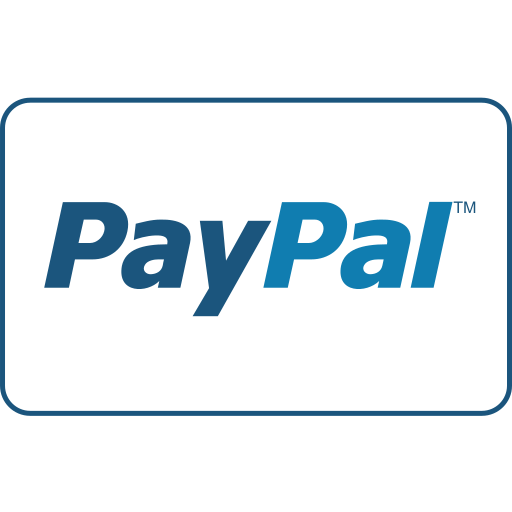
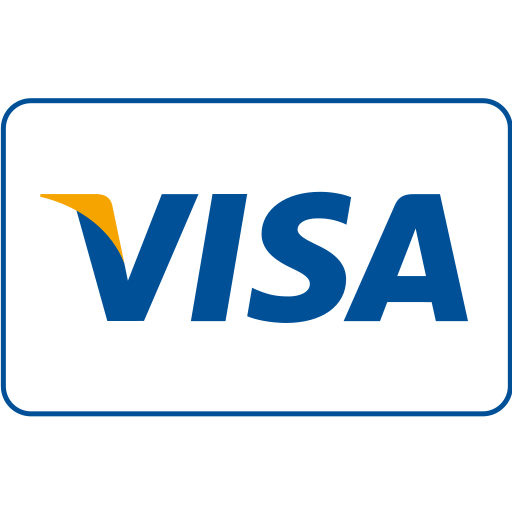
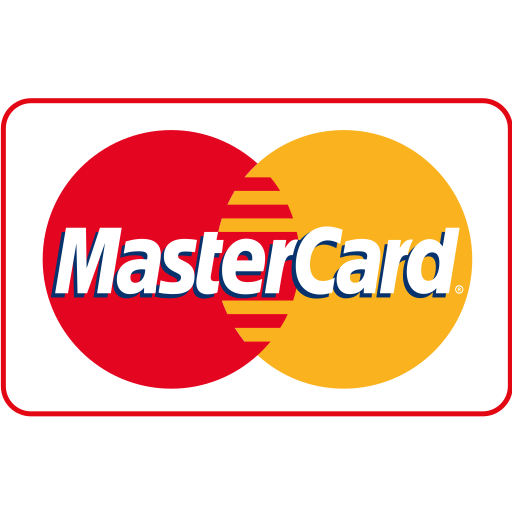
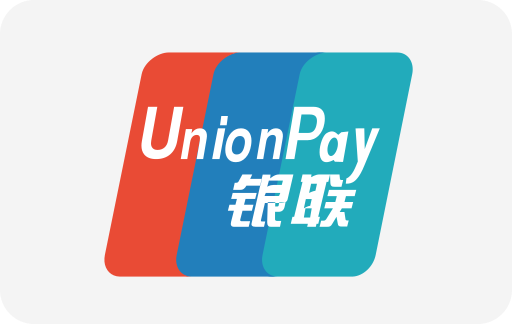
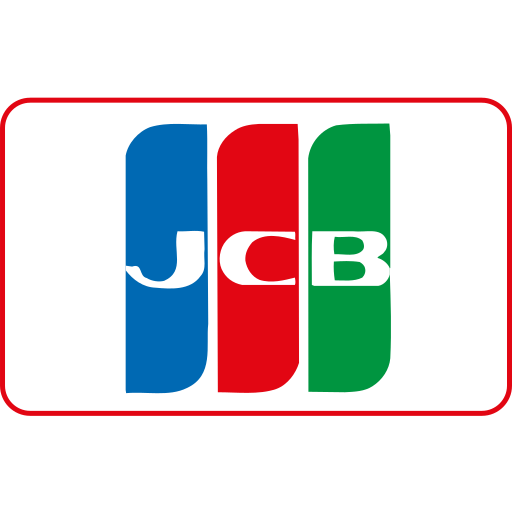
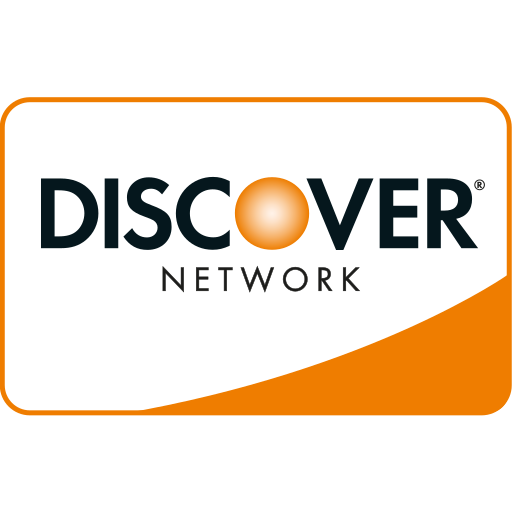

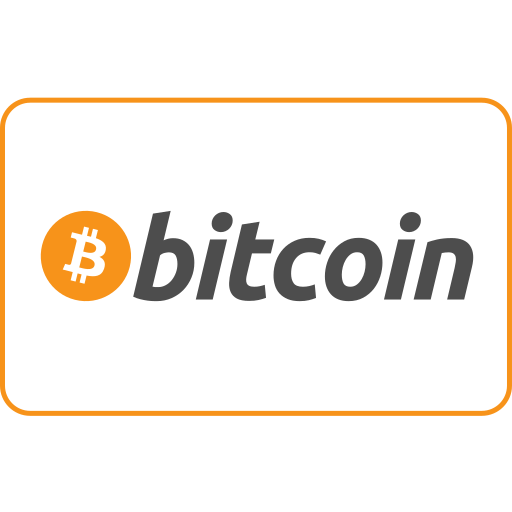
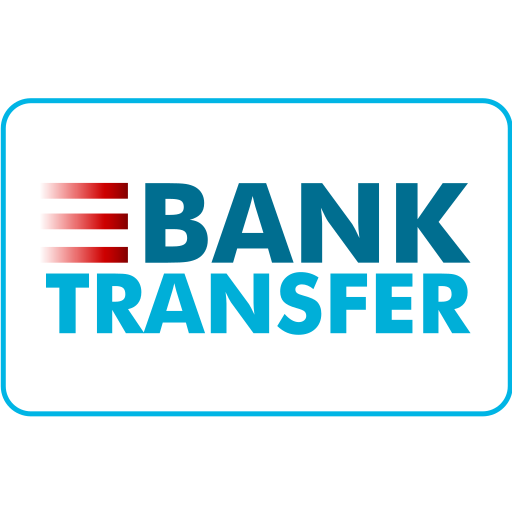
Ang PH Ranking ay nag-aalok ng pinakamataas na kalidad ng mga serbisyo sa website traffic sa Pilipinas. Nagbibigay kami ng iba’t ibang uri ng serbisyo sa trapiko para sa aming mga kliyente, kabilang ang website traffic, desktop traffic, mobile traffic, Google traffic, search traffic, eCommerce traffic, YouTube traffic, at TikTok traffic. Ang aming website ay may 100% kasiyahan ng customer, kaya maaari kang bumili ng malaking dami ng SEO traffic online nang may kumpiyansa. Sa halagang 720 PHP bawat buwan, maaari mong agad pataasin ang trapiko sa website, pagandahin ang SEO performance, at pataasin ang iyong mga benta!
Nahihirapan bang pumili ng traffic package? Makipag-ugnayan sa amin, at tutulungan ka ng aming staff.
Libreng Konsultasyon